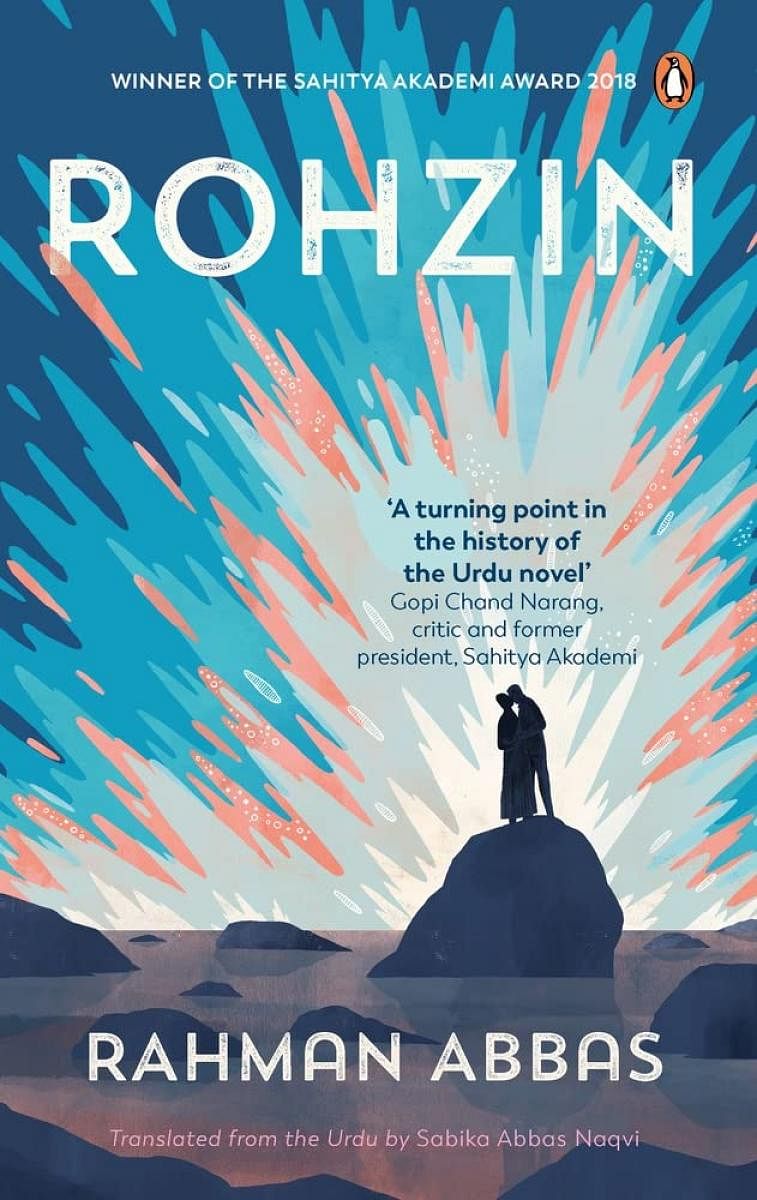
Rohzin is one of the most disturbing novels of recent times, the reading of which cannot but leave the reader haunted for many days. This Sahitya Akademi Award-winning novel (2018), explores desire in human beings without being judgemental about it. The novel has also been recently long-listed for the JCB Prize 2022. Reportedly, the word “Rohzin” has been specially coined by the author to mean the queer melancholy experienced by children who are silent spectators of the disloyalty of their parents to their own partners. In some sense, it is also essentially the ‘original sin’ enunciated by Christianity; that the burden of the ‘sin’ is to be borne by the inheritors if not by the ‘doers’ of the ‘sin’.
The literal journey of the protagonist, from a nondescript remote Konkani village, called Mabadmorpho, to the highly reverberating big city in India, Mumbai, is not only to find a decent livelihood for himself but also to explore the city of great excitements and indifferences. The complex nature of Mumbai is as vivacious and as portentous as human sexuality itself.
Passion and complexity
The place is offensively dirty, with uneven footpaths, localities, lodges, filthy lavatories, eateries, etc., but passion is also ignited in these very same places. In contrast, the sophisticated orgies organised by the upper class, in the name of being Wiccans, are as exciting and as loathsome as the experiences offered by sex workers in Kamatipura. The overarching politics of well-known Mumbaikars, the premonition of the terrorist attack on the famous Taj Mahal Palace, the taxis, the local trains and double-decker buses, Ganesh festivals, Malad, Andheri, Dadar, Borivali, Mirza Road, Kurla, Chembur, Mumbra, Santa Cruz and other dense places, the beaches, and more than anything else, the omnipresent Mumba Devi, the protector of Mumbai — all contribute to the Saudade character of Mumbai, to where the protagonist, Asrar, arrives, with the sole intention of becoming prosperous, but unfortunately gets lapped up by waves of inescapable passion.
The first sentence in the novel, “It was the last day of the lives of Asrar and Hina”, is also the last sentence of the novel. The motif of the novel is the July 2005 Mumbai floods, the result of torrential rains in the city for over 24 hours that took away the lives of hundreds of people and made thousands homeless. The whole narrative is in flashback mode. On the same fateful day, the two lovers, Asrar and Hina, who come from extremely different backgrounds, fall in love with each other quite ‘accidentally’ in a dargah. The first sight of each other could just have passed off without any consequence. But the subsequent meetings bring them together without any purpose. How these meetings fan the flames of their passions form the crux of the novel. There are a number of parallel characters here as well, who together represent the complexity of human desires and the conscious ways of fulfilling such desires.
The novel largely adapts magic realism as a major technique to depict the abstract composition of human sexuality. There are innumerable dreams, rich imagery, interesting myths, and well-imagined symbols that make this work essentially ethereal. It is this other-worldly quality that prevents the novel from being read as erotic fiction.
Though this is an English translation of the Urdu original, there seems to be no issue for any Indian reader of English to understand the text in all its manifestations. But for a non-Indian English reader, many cultural-linguistic intricacies presented here may remain obscure.